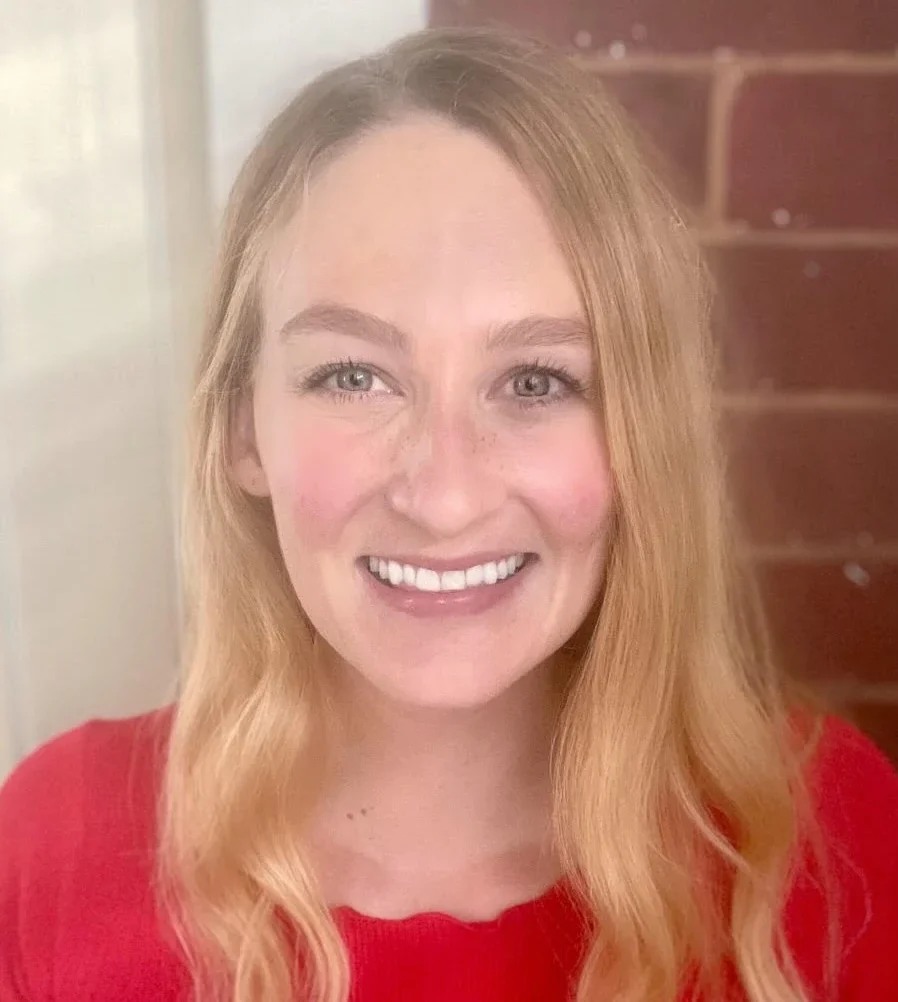Many businesses create distinctive phrases, like catchphrases, slogans, taglines, or mottos to improve their company's brand recognition. After all, a suitable phrase can help make their brand more identifiable and memorable.
However, once you've come up with a phrase for your business, it's important to protect it so other companies don't start using it and confusing your customers. That's why you need to know how to trademark a phrase. Trademarking a phrase helps secure your brand identity and gives you the right to take legal action should anyone use it without your permission.
Find out what kind of trademark protection is available for phrases, and how to trademark a phrase for your own business with the United States Patent and Trademark Office (USPTO).
Can you trademark a phrase?
Yes, you can trademark a phrase, tagline, or catchphrase that you would like to use in conjunction with your brand. However, it must meet certain criteria to earn proprietary rights to that phrase.
The following are a few guidelines to consider when choosing a phrase to trademark:
- Distinctive. The phrase should be unique and distinguishable from other phrases, clearly identifying your business as the source of the goods or services.
- Suggestive. A strong trademark phrase will allude to the quality or nature of your goods or services without directly stating it.
- Non-descriptive. The phrase shouldn't simply describe an aspect of your business.
- Non-generic. A phrase with common, everyday words and descriptions cannot be trademarked.
- Fanciful. The phrase can include made-up words.
- Arbitrary. A trademarked phrase can include words that have no direct association with the brand's goods or services.
Keep in mind that if your phrase is too generic or descriptive, the Patent and Trademark Office will deny your trademark application.
Why should you trademark a phrase or slogan?
Having a strong catchphrase or slogan can enhance your brand identity, as your potential customers recognize it and associate it with your business. For instance, when you see the phrase "Just Do It," you automatically picture Nike, and when you hear "I'm lovin' it," you think of McDonalds.
Now, what would happen if that footwear brand started using the slogan that everyone associated with the popular burger joint? It would cause a whole lot of confusion. However, because both companies have trademarked their phrases, that wouldn't happen without legal intervention.
Trademarking a phrase grants you exclusive rights to it, making it your own intellectual property. Trademark law says that no one can use it without your permission, and if they do, you can file a trademark infringement lawsuit against them. In short, trademarking your phrase provides legal protection.
How to trademark a phrase in 5 steps
If you have a good phrase for marketing your goods or services, you may be wise to protect it with federal registration. This is especially true if you plan to develop a large business. But for many small, local businesses, the advantages of registration need to be weighed against the cost of registration.
However, if you do decide to move forward and have selected a phrase that aligns with trademark office guidelines, you can begin the trademark registration process.
Fortunately, the federal trademark phrase application procedure can be done online through the USPTO website.
1. Conduct a trademark search
Before you start filling out the trademark application, you must conduct a trademark search to be sure that the phrase you intend to use is not already trademarked. After all, you cannot use the same phrase as another business, and it's essential to select one that is unique and distinct from those already registered.
Navigate to the USPTO website and search the trademark database (formerly the Trademark Electronic Search System), or allow LegalZoom to perform the trademark search for you.
2. Prepare and file the application
The next step is to complete and file a trademark application. This can be done online using the USPTO's Trademark Center, which replaced the Trademark Electronic Application System (TEAS) Jan. 18, 2025.
With the transition to the Trademark Center, a uniform application process will apply no matter the category. The USPTO now charges a flat fee of $350 per class of goods or services for all base applications, regardless of customization or complexity.
There are filing fees associated with the trademark registration process, which we'll cover later. For some, a major disadvantage to federal trademark registration is the application fee, which is non-refundable even if your application is rejected.
If you'd rather save yourself time and energy, let LegalZoom register your trademark for you. We'll oversee the entire application process, allowing you to focus more on your business and less on tedious paperwork.
3. Wait for application examination
Your next step is to wait. Applications for any type of trademark are reviewed by an attorney with the patent and trademark office, called an “examiner.” During this time, the examiner will ensure your trademark application meets all the requirements, including that your phrase doesn’t create a likelihood of confusion with current or pending trademarks.
If the USPTO approves your trademark application without any issues, they will process it for publication.
However, most of the time, the USPTO will issue an "office action,” which is an official letter explaining one or more issues with your application, how you can address them, and the deadline to do so.
If you provide a satisfactory response to the office action within the deadline, the USPTO will put your application back on the path toward approval. If the USPTO finds your response to be insufficient, you will have another opportunity to address the problems via a final office action. If you are unsuccessful at this stage, and if you’ve preserved your rights, you can appeal the matter to the Trademark Trial and Appeal Board (TTAB). If you succeed before the TTAB, you may be able to secure registration of your trademark.
If you simply ignore the office action and don’t respond at all before the deadline, your application will be considered “abandoned,” meaning it is no longer active in the system. To continue the registration process, you must follow the steps to revive an abandoned application.
4. Follow publication and opposition guidelines
Once the patent and trademark office approves your application, it will be published in the Official Gazette, a weekly publication that announces pending patents.
At this time, other trademark owners have a 30-day opposition period to contest the trademark if they believe it infringes on their own trademark rights. If the trademark owner succeeds, your application won't move forward, but if they fail (or there's no opposition), your application can proceed.
5. Receive a registration certificate
With no opposition issues, the trademark office will grant you trademark protection and issue a trademark registration certificate. It will also post your trademarked phrase in the Trademark Status and Document Retrieval (TSDR) system.
How much does it cost to trademark a phrase?
The cost of registering a trademark phrase will depend on various factors, such as the type of application you choose, the number of classes you need to register, and whether you hire an attorney or use filing services.
The following are some fees you might incur during the trademark registration process:
- Trademark search costs. If you hire a service like LegalZoom to run a comprehensive trademark search, packages start at $199.
- USPTO application filing fee. The USPTO charges a base application fee of $350 per class of goods or services for all applications filed through the Trademark Center, effective Jan. 18, 2025.
- Trademark attorney fees. Although it's not required, hiring a trademark attorney can improve your chances of approval. The cost of hiring an attorney can range anywhere between $250 and $500 an hour.
- Trademark attorney and service fees. Although it's not required, hiring a trademark attorney to do the application for you can improve your chances of approval. If you want the benefits of attorney assistance but also want to make sure you’re keeping your legal costs in check, LegalZoom offers a completely attorney-led Premium Trademark Registration package for a flat fee of $649 (plus USPTO filing fees).
- Additional costs. You may incur other fees, such as responding to an office action after your application has been filed.
Federal trademark rules: What to avoid
The federal rules regarding trademark registration of a phrase are confusing. Not every phrase can be trademarked, not everyone can trademark a phrase, and registration does not provide complete protection.
Numerous rules may result in a trademark application being rejected. Therefore, it's essential to understand trademark laws. Follow these guidelines to help ensure your application is accepted:
- Make sure it's for commercial purposes. Only a phrase that is used for a commercial purpose may be trademarked. You can't trademark a phrase just because you like it and don't want anyone else to use it. You must be using the phrase or intending to use the phrase in connection with the sale of goods or services.
- Understand class protections. Your trademarked phrase is only protected against use by others in the same class of business.
- Ensure your company is identifiable. The trademark must be used to identify your company as the source of the goods or services. Your application may be rejected if it's determined that the phrase only describes the goods or services, rather than the company that is their source. However, some phrases that have been approved seem to ignore this.
- Select a unique phrase. The phrase may not be the same as a phrase that has already been registered or has a pending application.
- Choose a distinguishable phrase. The phrase may not be likely to be confused with a similar phrase that has already been registered or has a pending application and relates to a similar type of goods or services.
- Don't pick a generic phrase. The phrase must be distinctive and not generic or just descriptive. To complicate things, a phrase that is distinctive when used in relation to one type of business may be generic in relation to another type of business. For example, the word "Apple" can be trademarked by a company that makes computers, but not by a company that sells apples.
- Avoid using words associated with your line of work. The phrase can't use terms commonly used in business or in the applicant's type of business.
- Don't include common language or slang. The phrase can't be a part of everyday speech. For example, phrases like "I'm just saying," "as a matter of fact," or "on the other hand" would probably be rejected. This concept can be confusing when you learn that the phrase "that's hot" was approved for use with certain products.
When you compare phrases that have been accepted for registration with phrases that have been rejected, it can be difficult to understand the reasoning for acceptance or rejection. That's why many businesses choose to hire a trademark attorney or work with a professional registration service to help them navigate the trademark process.
Protecting a trademark
Once you've completed the trademark registration process and received trademark protection, we highly encourage you to monitor the marketplace for potential infringements. This involves conducting online searches, checking social media platforms, and browsing the USPTO database for pending trademarks. You can also use a professional trademark monitoring service, like the one offered by LegalZoom. If you find another business using your exact trademarked phrase or something similar, you'll want to consider taking legal action. Consult with a trademark attorney to discuss your legal options.

FAQs
How long does it take to trademark a phrase?
According to the United States Patent and Trademark Office, registering your phrase could take 12 to 18 months or longer.
Because it can be a complex process with various stages, many businesses prefer to hire LegalZoom to oversee the process for them.
Do I need a lawyer to trademark a phrase?
No, hiring a trademark lawyer is not required, but it can be helpful when navigating the trademark application process. A trademark attorney can help ensure your phrase follows all the trademark laws, guide you through the registration process, and provide legal advice should you face infringements.
What happens if someone else is already using my phrase?
Unfortunately, you cannot trademark a phrase that is already in use. Your phrase must be unique and distinguishable from already trademarked phrases. In this case, you'll need to come up with a different phrase for your business.
What should I do if someone uses my trademarked phrase without permission?
The first step usually involves sending them a cease-and-desist letter, asking them to refrain from using your trademarked phrase. If they ignore your request, then you may need to consider filing a trademark infringement lawsuit. We encourage you to meet with a trademark lawyer for professional advice.
Can I enforce my trademark internationally?
When you register your trademarked slogan with the United States Patent and Trademark Office, your trademark protection only applies within the U.S. If you wish to trademark your slogan or phrase outside of the U.S., you must register with the patent office in each country and comply with their trademark laws.
Jane Haskins, Esq., contributed to this article.


